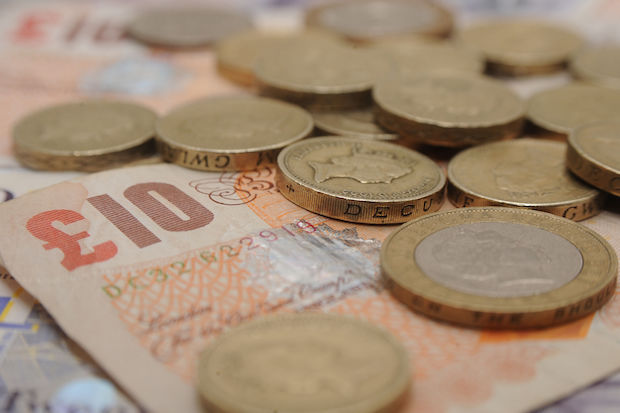A record number of people are now paying the highest rate of tax thanks to wage inflation and the reduction in pensions tax relief. That’s according to figures from HM Revenue & Customs.
While the proportion of people paying the 45 per cent additional rate is still small compared to the overall number of income tax payers (just 1.2 per cent), it is nonetheless a 10 per cent increase on the previous year. It also represents a 54 per cent rise since the tax band was introduced.
HMRC says that, by the end of this financial year, an estimated 364,000 people will be paying the 45p rate of tax on income over £150,000, up from 311,000 in 2013-14. A further 4.2 million citizens (13.7 per cent of taxpayers) earn more than £45,001 and therefore pay tax at the higher 40 per cent rate.
At the same time, the number of people in lower tax bands has dropped marginally. However, lower rate tax payers still account for the lion’s share of tax payers with an estimated 25.1 million (81.8 per cent) paying tax at the basic rate of 20 per cent. Basic rate tax payers are those earning £11,501 to £45,000.
 Experts claim that cuts to pensions allowances have unfairly removed the opportunity for higher rate tax payers to employ tax efficient savings products to reduce their tax bill. Tom McPhail, head of policy at Hargreaves Lansdown, said: ‘More and more low earners are being taken out of the tax system altogether, basic-rate taxpayers are paying a lower overall average rate of tax and whilst top earners’ share of income is declining, their contribution to the income tax system is increasing. A significant contributory factor are the cuts to the reliefs and allowances on pensions.’
Experts claim that cuts to pensions allowances have unfairly removed the opportunity for higher rate tax payers to employ tax efficient savings products to reduce their tax bill. Tom McPhail, head of policy at Hargreaves Lansdown, said: ‘More and more low earners are being taken out of the tax system altogether, basic-rate taxpayers are paying a lower overall average rate of tax and whilst top earners’ share of income is declining, their contribution to the income tax system is increasing. A significant contributory factor are the cuts to the reliefs and allowances on pensions.’
Helen Nugent is Online Money Editor of The Spectator






Comments